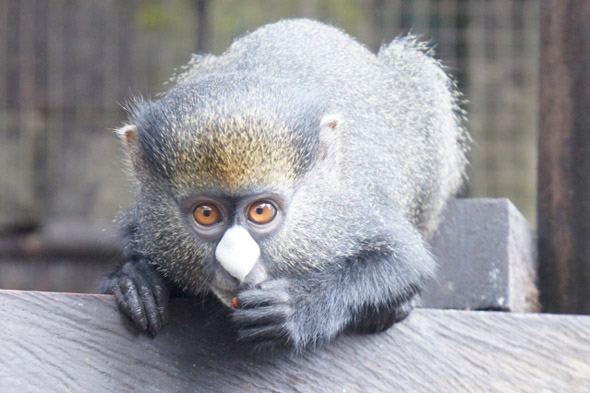MIT Linguistics comparing primate vocalizations
Study shows Old World monkeys combine items in speech — but only two and never more, unlike humans.

“There’s been all this effort to teach monkeys human language that didn’t succeed. But that doesn’t mean we can’t learn from them.”
— Shigeru Miyagawa, Professor of Linguistics & Kochi-Manjiro Professor of Japanese Language and Culture
The utterances of Old World monkeys, some of our primate cousins, may be more sophisticated than previously realized — but even so, they display constraints that reinforce the singularity of human language, according to a new study co-authored by an MIT linguist.
The study reinterprets evidence about primate language and concludes that Old World monkeys can combine two items in a language sequence. And yet, their ability to combine items together seems to stop at two. The monkeys are not able to recombine language items in the same open-ended manner as humans, whose languages generate an infinite variety of sequences.
“We are saying the two systems are fundamentally different,” says Shigeru Miyagawa, an MIT linguist and co-author of a new paper detailing the study’s findings.
That might seem apparent. But the study’s precise claim — that even if other primates can combine terms, they cannot do so in the way humans do — emphasizes the profound gulf in cognitive ability between humans and some of our closest relatives.
More SHASS stories about the MIT Core
Suggested links